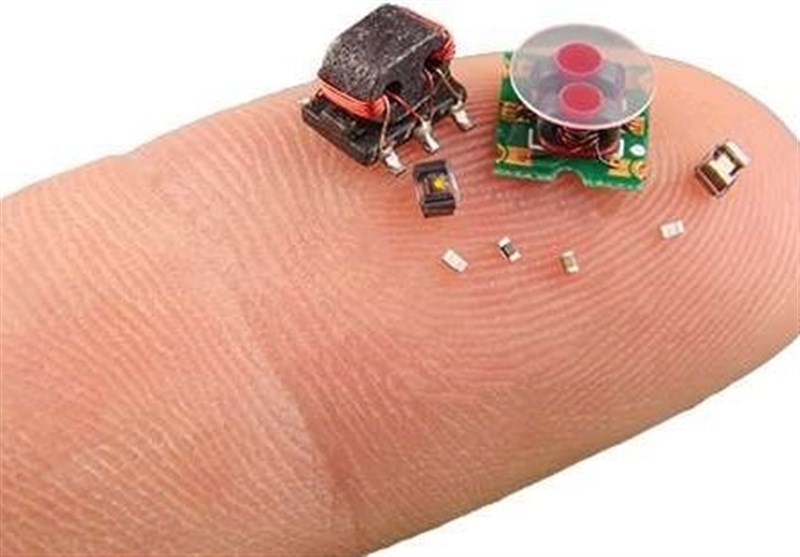DARPA Plans Competition for Insect-Scale Robots
TEHRAN (Tasnim) - DARPA announced launching of a new SHort-Range Independent Microrobotic Platforms (SHRIMP) program to develop and demonstrate micro-to-milli robotic platforms for scenarios brought on by natural and critical disasters.
As IEEE Spectrum put it, it's a program to develop "insect-scale robots" for disaster recovery and high-risk environments. The topic is simple enough to understand and it also is obvious that the means of accomplishing these platforms is tough.
DARPA, said its announcement, will be facing the challenge of "creating extremely SWaP-constrained microrobotics." SWaP refers to size, weight and power.
The US Defense Advanced Research Projects Agency (DARPA) is interested in getting it right for search and rescue missions. A mighty giant robot may be determined enough to do heroic deeds like clearing debris but it is the swarm of insect-robots that has DARPA's attention for search and rescue scenarios that call for moving through tiny cracks and crevices. IEEE Spectrum's Evan Ackerman remarked that in search and rescue, "you're better off with lots of very small robots covering as much ground as possible."
DARPA's SHRIMP stands for SHort-Range Independent Microrobotic Platforms. That said, the devil will be in the details of component parts including actuators, mobility systems and power storage, Techxplore reported.
Size, weight, and power are the three challenges up for attention. Of the three, power is the biggest, said Ackerman. Consider, untethered tiny robots and how quickly they may run out of power.
"Most micro-robotics platforms rely on tethers for power, processing, or control, and are significantly constrained by energy-inefficient actuation technology as well as limited-energy storage devices," said the DARPA announcement.
Yet they want to see micro-to-milli robots operating independently. In turn, "creating compact power sources and converters that can support high-voltage actuation mechanisms and significantly reduce battery drain becomes critical."
DARPA is throwing all this into a challenge. Ackerman said the competition could happen around March 2019. You can expect to see the competition in two parts, one for actuators and power sources and the other for complete robots.
Ackerman's report had more competition details: "DARPA expects that teams will develop systems that weigh less than one gram and fit into one cubic centimeter."
He also listed some of the competition events for the actuator and power source competition in the wings. They include high jump, weightlifting a mass, and shotput. The shortput is where a microrobotic actuator-power system must propel a mass horizontally, "with the distance measured only in the horizontal direction as the judging criteria."
Abstracts are due August 10, and proposals are due September 26. Research innovations and discoveries that result could have an impact beyond search and rescue missions. PCMag quoted Dr. Ronald Polcawich, a DARPA program manager.
"While the goal of SHRIMP is develop small-scale, independent robotics platforms, we anticipate that discoveries made through our actuator and power storage research could prove beneficial to a number of fields currently constrained by these technical challenges–from prosthetics to optical steering."
